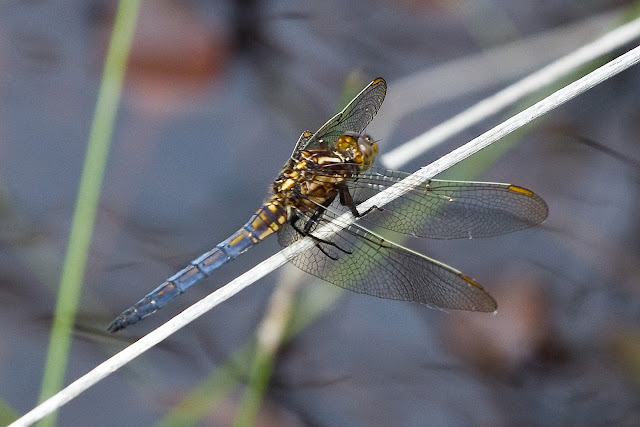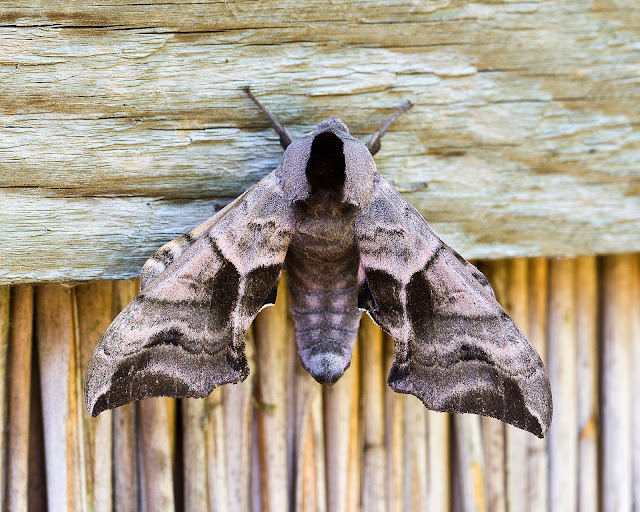Nothing much on the birding front recently. We did go up to Norfolk today to see the Great Knot. It was in with a flock of common Knot that was truly spectacular. The wardens at Titchwell Marsh estimated it as between five and seven thousand birds.
 |
| A small part of the Knot flock |
When they landed, it then seemed an impossible task to pick out the Great Knot from amongst them. However, the locals must be used to finding it and it was soon identified on the edge of the flock.
I am counting it as a life tick but it was a most unsatisfactory sighting. It was a long way off, it was asleep, and with the heat haze running that day a decent picture was impossible. I don't think I would have ever found it without help from the wardens. Could I make the identification myself, which is my criteria for counting the birds? Yes, but it was on the limits of what was acceptable. I really would have liked a better picture.
 |
| Great Knot - huge crop from what was the best of a lot of poor pictures |
We did not hang about waiting for better views as we needed to get over to Breydon Water for the Caspian Tern that had been resident there for a few weeks. We need not have rushed. It was seen early that morning but by the time we arrived had flown off and has not been seen since.
One other first for me on the day. This Stoat at Titchwell, walking along the path down to the beach. Perhaps not up to the standard of the Springwatch coverage at Minsmere but I was pleased to see it, if only for a few seconds.

















































